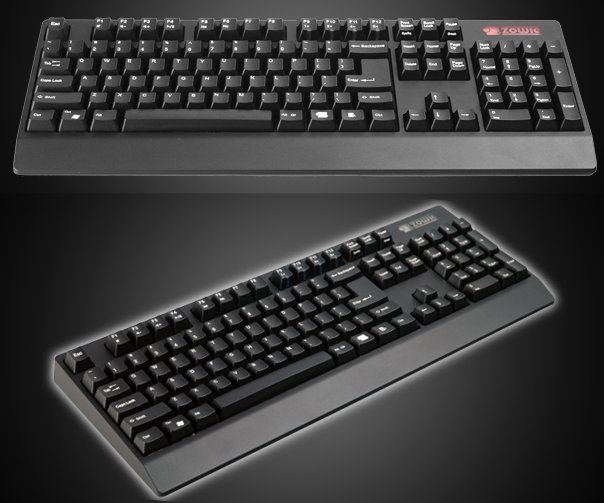Slide
To start this review off, I need to mention that I had a stainless steel slide that I bought in Canada at Bud's Music. As it came with no packaging, I'm not sure what the specifications are, or even what company it was from. In any case, slides are the sort of thing you need to try on to find the right fit for your hand. Also, you should decide what finger you'll use it on in advance. My slide can fit on either my ring finger or my pinky, though the best fit is on my ring finger. This was intentional (and prompted by Davy Knowles' slide playing). It allows me to keep my last joint on my ring finger free, giving me a bit of freedom for moving the slide, and keeping it out of the way of my chords. I'm by no means a slide player, I just tend to dabble. As such, all my observations on sound are compared directly to the steel slide, in an attempt to reduce the impact of my poor playing on this review.
The steel slide gives you a very tinny, metal-like sound (obviously) when playing. I think it would be a very pleasing sound when played on a resonator, due to the inherent metal-like sound from those types of guitars. However, on my jumbo or electric, I couldn't quite warm up to the sound. The glass slide, however, offers a much warmer sound (to me, at least). I actually find that the mixture of steel strings/glass slide tends to offer a better approximation of vocal melody than the steel string/steel slide mixture. For anyone curious for a sound sample, try giving either Derek Trucks a shot (for an SG electric coupled with a glass slide), or Davy Knowles' performance of As The Crow Flies by Rory Gallagher. Davy has played the song on a PRS acoustic for the Salute Beer Festival, as well as a National Triolian Resonator for the Rory Gallagher Tribute (using the same slide, as far as I can tell). Definitely something to listen to if you're interested in slide guitar.
aLaska Fingerpicks
The first thing to mention about these is how important it is to get the right size. In my first order I had to measure and estimate what size I needed, and ended up getting a set of sizes too small. Sending them back would have cost the same as simply ordering a second batch, so I instead ordered a new set, keeping the first batch as spares. You could probably adjust and bend them into a better shape/size, but I haven't tried it, so I'm not sure how easy it would be (and how much of an impact it would have on stability/sound). These fingerpicks sit over your fingernails, and then loop down under the nail in the front, offering a fairly good approximation of playing with your nails. I find them a lot easier to use than most other fingerpicks I've tried that sit on the pad of your finger. The sound, as well, is very good for fingerpicks. Sungha Jung has used these for a number of videos, for anyone looking for a sound sample. I will note, however, that you do need to have slightly longer nails (not as long as is ideal for playing without picks, but longer than you would usually keep your fretting hand nails). This is because the picks sit under the tip of the nail, and so you need to have nails for them to sit under.
While these fingerpicks are pretty good for sound, clarity, and the almost natural-feeling to playing "with your nails", I still much prefer playing with my actual nails. Due to the fact that these fingerpicks require a slightly longer nail than normal anyways, I have simply let the nails grow to the point where it's comfortable to play the guitar with them. If, however, your nails are too weak for fingerpicking on a steel string, or you simply want to have a set of fingerpicks to use in case your nails get trimmed/broken, I highly recommend these. The only thing I could recommend doing is getting a normal thumbpick, as opposed to using one of these aLaska fingerpicks on your thumb (it leads to you holding your hand in what I find to be a very uncomfortable position). Sure, it's the same position you'd hold your hand in to play with your thumbnail, but I tend to play with the side of my thumb (or a thumbpick), instead of that nail. I find it to be a more natural position. If you're looking for fingerpicks, definitely give these a shot (and, if you're like me and have a thumbpick, and tend to play with your index, middle, and ring fingers, you'll only need to buy 3). However, if you play with your pinky too, you'll need a minimum of 4. I find that these picks are slightly more expensive than normal fingerpicks, so keep that in mind too.
Overall, both of these items (the fingerpicks and the slide) come down to personal preference. Do you want to play with fingerpicks? Then definitely look at the aLaska picks. If you want to have a sound similar to Davy Knowles or Derek Trucks, a glass slide is probably the right choice for you. However, finding one that fits you (and you can play comfortably with), will be up to you.
